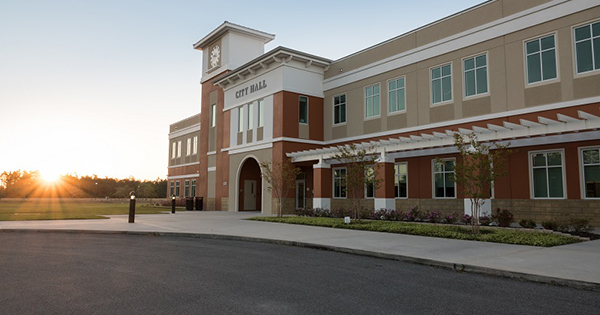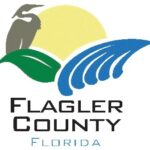The Palm Coast City Council held a business workshop on Tuesday, August 12, 2025, covering major budget presentations and development planning discussions that will impact the city’s future.
Public Comments Raise Transportation and Development Concerns
During the public comment period, several residents voiced concerns about growth and infrastructure. Shantel Prainga asked about bringing public bus transportation to Palm Coast due to increased traffic from new development. City Manager explained that public transportation falls under Flagler County through the Transportation Disadvantaged Association.
Jeff Adams spoke in favor of an upcoming concrete batching plant project, saying “I think the people, the representatives from SRM did a reasonable job” and noting the project would bring “$15 to 20 million investment into the city and 1.5 to 2.25 million in investment in employees.”
Jeani Duarte raised concerns about storm water planning and rate of growth impacts, stating, “There is no study on the impacts of when it comes to rate of growth.” She questioned why certain marine contractors were excluded from canal meetings.
Capital and Fleet Budget Presentations
City staff presented detailed five-year capital improvement plans totaling millions in infrastructure investments. The presentations covered several major funding sources:
Capital Projects Fund receives revenue from a half-percent county sales tax that expires in 2032. The fund brings in just over $5 million annually and will primarily fund the new Maintenance Operations Complex (MOC), with major construction phases planned for 2028-2029 costing approximately $28 million total.
The Streets Improvement Fund receives money from local fuel taxes and state revenue sharing. Carl Cote, Director of Stormwater Engineering, explained that “the cost of the improvements, whether it’s paving or rehabbing our existing traffic signals or building a new signal is much the cost increases much more than the revenue increases.”
Impact Fee Funds for transportation, recreation, and fire were also presented. These fees are paid by developers and can only be used for new capacity projects, not maintenance of existing infrastructure.
Water Supply Planning and Comprehensive Plan Amendment
Staff presented a required water supply facilities work plan that must be incorporated into the city’s comprehensive plan. The plan projects Palm Coast’s population growing to approximately 156,000 people in the service area by 2045.
Peter Rousell, Utility Deputy Director, explained the city’s current water allocation limits: “The total limit for the sufficient aquifer, which feeds plant one and plant two, is 6.9 million gallons per day. The Floridian is 4.12, and the brackish water, which we haven’t started using yet, is 4.5 million gallons per day.”
Mayor Norris expressed concerns about funding future growth, asking, “How are we going to get there? How are we going to if we if right now we’re at a population of 110,000 people and we are taking out these bonds by October… How are we supposed to get there to sustain 150,000 residents?”
Development Approval Process Explained
City Attorney Marcus Duffy provided a legal framework overview explaining the difference between legislative and quasi-judicial decisions. For quasi-judicial matters like development approvals, he explained that decisions must be based on “competent substantial evidence” rather than opinions.
“It is not the function of the board to hold an election on the application,” Duffy said, quoting case law. “It is the function of the board to apply the land development code or the law and make the decision based on the facts that are presented before them.”
Ray Tiner, Deputy Director of Community Development, detailed the three-stage subdivision approval process that can take up to three years. He emphasized that new developments must maintain their infrastructure: “Any of these new developments, that’s the developer’s cost, the cost of building these roads, and the cost of maintaining these roads. The city is not going into the future off of Sawgrass off of US1 with these new developments and maintaining the roads in the future.”
Development Pipeline and Wastewater Capacity
Staff presented data showing 18,883 dwelling units currently in some stage of the approval process. This includes remaining ITT (International Telephone and Telegraph) lots from the original 1970s development and newer projects.
The analysis showed that after planned wastewater treatment plant expansions are completed in 2028, Plant 1 will have capacity for an additional 11,496 equivalent residential units beyond the current pipeline, while Plant 2 will have capacity for 8,974 additional units.
Vice Mayor Pontieri sought clarification about current capacity, asking staff to provide information about “what the ERUs are at the current capacity that we have remaining and what does that equate to in dwelling units.”
Storm Preparation and Closing Comments
Mayor Norris concluded the meeting by noting a developing hurricane in the Atlantic, though Emergency Management indicated it poses no threat to Florida in the next 7-10 days. The council also recognized Fire Chief Barry Hill for his 20 years of service with the Palm Coast Fire Department.
The workshop provided citizens with detailed information about how the city plans and funds infrastructure improvements while managing continued growth and development pressures. The next regular council meeting is scheduled for August 26th, where the final proposed budget will be presented.









